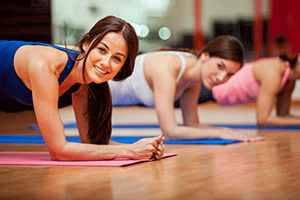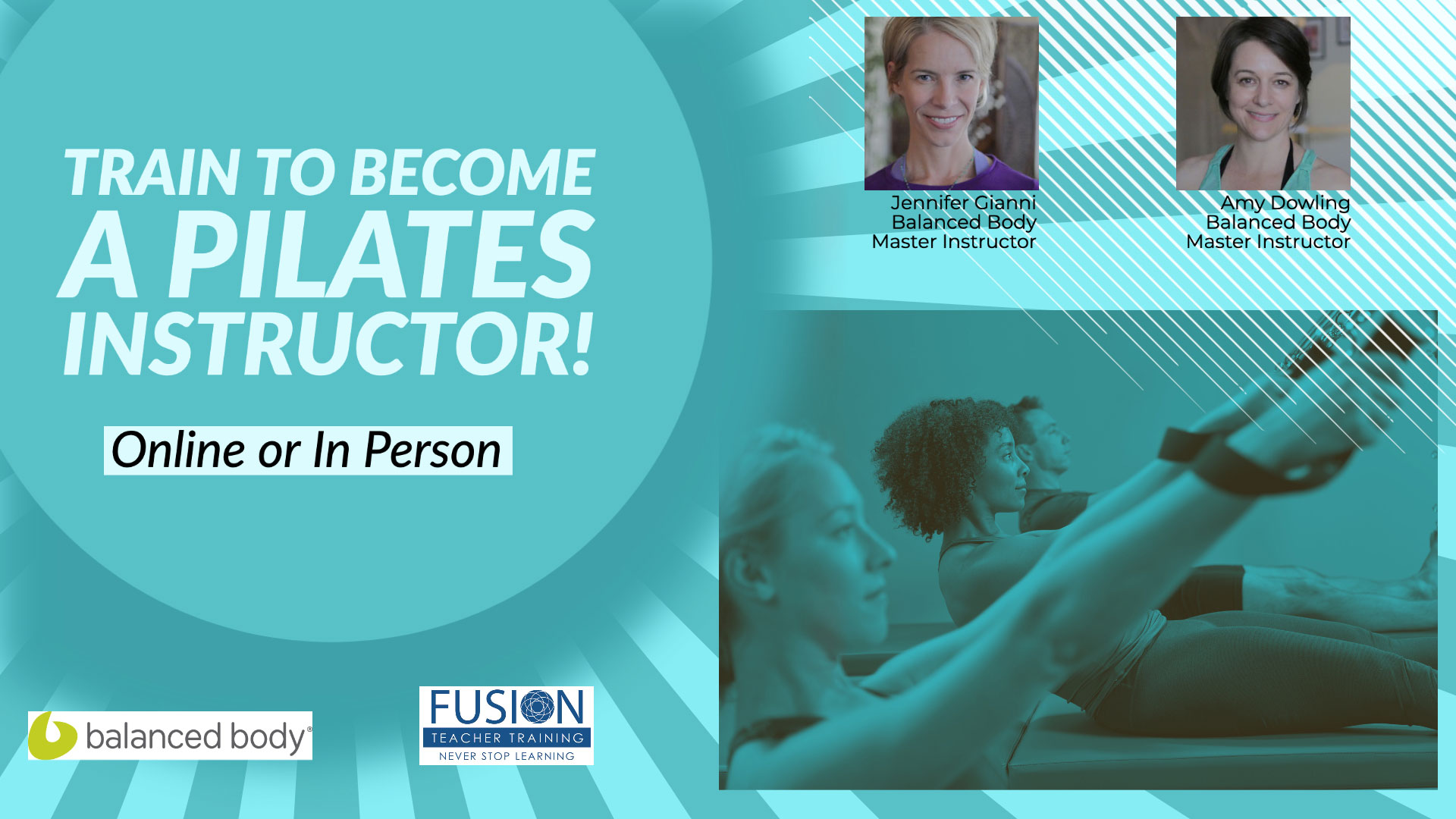 We are constantly reminded of the toll gravity takes on our bodies and how much strength it takes to fight against it. This is easily demonstrated when we see that sweet elderly woman crossing the street with a hunched back craning her neck so her eyes can find the horizon.
We are constantly reminded of the toll gravity takes on our bodies and how much strength it takes to fight against it. This is easily demonstrated when we see that sweet elderly woman crossing the street with a hunched back craning her neck so her eyes can find the horizon.
To begin fighting against the enormous force of gravity as well as all of our other duties and stresses that life heaps on us, we must first address posture. Finding the proper posture is a balancing act between the strength and flexibility of our muscles and the mobility of our joints. We want everything to stack properly, which means keeping all of the natural curves of our spine intact. The cervical (neck) spine has a concave curve, the thoracic (upper/mid back) spine has a convex curve, and the lumbar (lower back) has a concave curve. The perception of proper posture being a straight back is an incorrect one. We need these natural curves in our back for it to function properly.
A key player in the posture game is the strength and flexibility of our upper back, the thoracic spine. Pilates works all the muscles in the body by stretching and strengthening simultaneously. This balance is the key to keeping the upper back strong and limber. Pilates is an integrated, holistic method. In the Pilates system, muscles are not worked in isolation but work in sync with the core muscles. Everything radiates from the center. So, for example, when doing upper back exercises, it is important to understand that you need to strengthen your core while simultaneously working your upper back. If you don’t incorporate these very important Pilates principles you will only succeed in developing the large muscles in the upper back (traps and rhomboids) while becoming hunched over because your core muscles (those muscles closest to the skeleton, that literally hug the bones) are not strong enough to hold the spine upright.
With the next two upper back Pre-Pilates strengthening exercises you’ll improve your shoulder stability, strengthen the upper back muscles needed for improved posture, and enhance your head and neck stability while also reducing the chance of upper back and neck injury.
Exercise: Table Top
• Start on all fours on the hands and knees.
• Line the wrists up under the shoulders and the knees under the hips.
• Modification: If you experience wrist sensitivity, make a fist and balance on your knuckles instead of the palm. Or fold the front of your mat up a few times and place the heels of the hand (at the bottom of the palm) at the edge with the rest of the palm and fingers on the floor. This will lessen the crease at the wrist and will help relieve the sensitivity and/or pain.
• Reach the spine long in both directions.
• Find all the natural curves in your spine. Make sure you are keeping the sitting bones wide and not gripping the glutes.
• At the same time, make sure your collar bone is wide and the shoulders are gliding away from the ears.
• Pay attention to the shoulder blades and concentrate on keeping them spread apart across the back. In this exercise, we are trying to strengthen the muscle under the shoulder blades, the serratus anterior. It is this muscle’s job to keep the shoulder blades apart.
• Keeping all four points of your table square, slide the left arm forward on the floor with the thumb pointing to the ceiling.
• Once the arm is fully extended, exhale and bring the arm up from below the shoulder blade so the hand and shoulder are in line.
• Hold and take a few inhales and exhales.
• Everything in the spine should have remained the same when the arm lifted.
• Gently bring the arm down and switch sides.
• Repeat 4 to 6 times on each side.
For an advanced version of Table Top, you can lift the arm and opposite leg at the same time.
• On the inhale, extend one arm and the opposite leg out onto the floor.
• On the exhale, lift the long limbs up so they are in line with the torso.
• Nothing in the back should tilt or collapse.
• The spine should stay exactly the same as the arm and leg are lifted.
Exercise: Prone Stick Up
• Lie prone (on your belly) on a mat.
• Spread your legs hip distance apart.
• Rest your forehead on a folded towel.
• Extend your arms out to the side forming two 90 degree angles. (Keep the shoulder in line with the bent elbow and the bent elbow in line with the wrist.) The arms are in the stick up position (as if you were being held up).
• Keep the feet pressed into the floor.
• Inhale and lift the head and torso off the floor.
• Keep lengthening from both sides of the spine as you hover up.
• Exhale and slowly release.
• Remember to keep the back of the neck long and the collar bone wide as you hover. Also keep reaching through the crown of the head.
• Do 5 repetitions and make sure to keep the shoulder blades apart as you hover up.
• Do another 5 repetitions, this time bringing the shoulder blades together as you hover up.
Thanks- comments welcome!
~ by Jennifer Gianni




Leave A Reply (No comments So Far)
Please - comments only. All Pilates questions should be asked in the Forum. All support questions should be asked at Support.
You must be logged in to post a comment.
No comments yet.